What is Choreopoem?
A choreopoem is a type of dramatic expression that mixes poetry, movement, music, and song. Shange’s attempt to break shift from mainstream western poetry and storytelling resulted in a new art form that doesn’t have specific plot elements or characters, but instead focuses on eliciting an emotional response from the audience. Nontraditional spelling and African American Vernacular English are features of Shange’s work that set it apart from traditional American literature. Throughout the choreopoem, she emphasizes the importance of movement and nonverbal communication so that it can be used as a theatrical production rather than just poetry or dance .
There are many different types of choreopoems; however, most can be divided into three main categories: monodramas (one-act plays), polydramas (composite plays), or duodramas (two-act plays). Monodramas are usually written by one person with no musical accompaniment; polydramas usually have multiple authors and are accompanied by music; duodramas usually use two to four actors who perform together with minimal dialogue.
How did Choreopoem started?
Ntozake Shange invented the genre in 1974 at the women’s club “Bacchanal” in Berkeley, California. She was in the Bay with a group of ladies who included poets, dancers, and musicians. Shange studied dance under Sawyer, Mock, and Halifu Osumare at this time, and they are credited with encouraging her to pursue her passion for dance. Shange’s modern and linguistic and cultural configuration of choreopoem arose from not only her tribute to her African roots, but as well as from her involvement with feminist studies, dancing, and poetry, all of which merged to produce a Black American and Atlantic multidisciplinary genre.
Shange was influenced by the Black Arts Movement numerous women of the movement began 1960s who were using their work to oppose traditional Black Aesthetic attitudes and emphasize Black patriarchy and masculinity, as well as the feminist art movement, which concentrated on using art of many mediums to protests for war and in favor of civil and LGBT rights. Thus, in a personalized, familiar, yet constructed language and voice, her genre and praxis established an exploratory and important place for Black Women’s many and complex experiences.
Her choreopoem genre established story production procedures that went beyond what was available in both Western and European operatic dance and the Black Theatre heritage. She recognized and questioned the function of the Black Theatre culture in reinforcing Western cultural paradigms of innovation and thought in Black communities. Instead, she encouraged Black artists to consider Afrocentric, multidisciplinary, and possible forms and structures of communication.
Shange wrote roughly twenty poems in the summer of 1974 whilst collaborating alongside choreographer Paula Moss on a broader choreographic project. During this time, Shange created her 1st official, authored, and also most best-known choreopoem for colored girls who have considered suicide/when the rainbow is enuf. Shange was brave enough to face her childhood experiences through movement, working closely with choreographer Dianne McIntyre. Shange and McIntyre partnered on choreography for colored girls in order to transmit knowledge and community via dance. For McIntyre, the integration of motion & dancing inside a choreopoem was as important as the poetry part.
Why is Choreopoem considered a good invention?
In comparison to previous Western theatrical traditions, Shange discovered that Black performance art as a theatre practice was better suited for something like the complex interdisciplinary work she was developing. Chorepoem, by its very nature, generates an encounter between the written poems’ physical materiality as well as the embodied meanings, patterns, melodies, and memories embedded within them, resulting in new possibilities, theatrical traditions, languages, narratives, and worlds.

